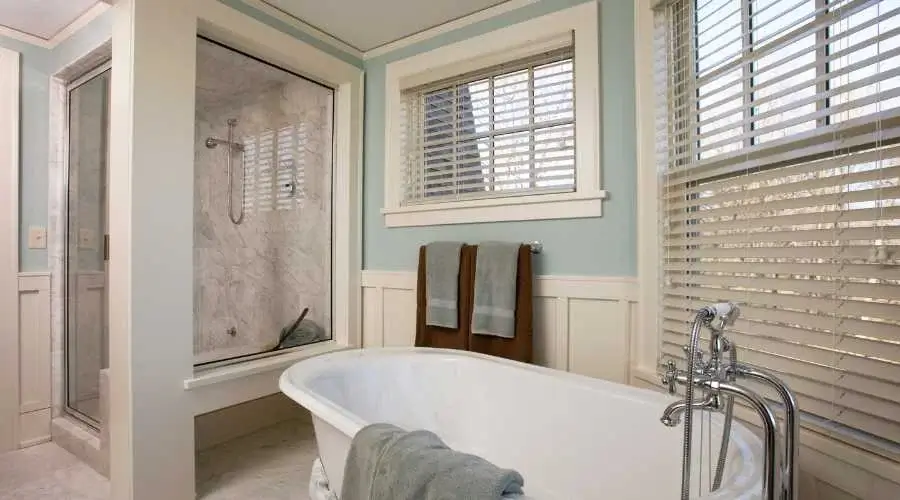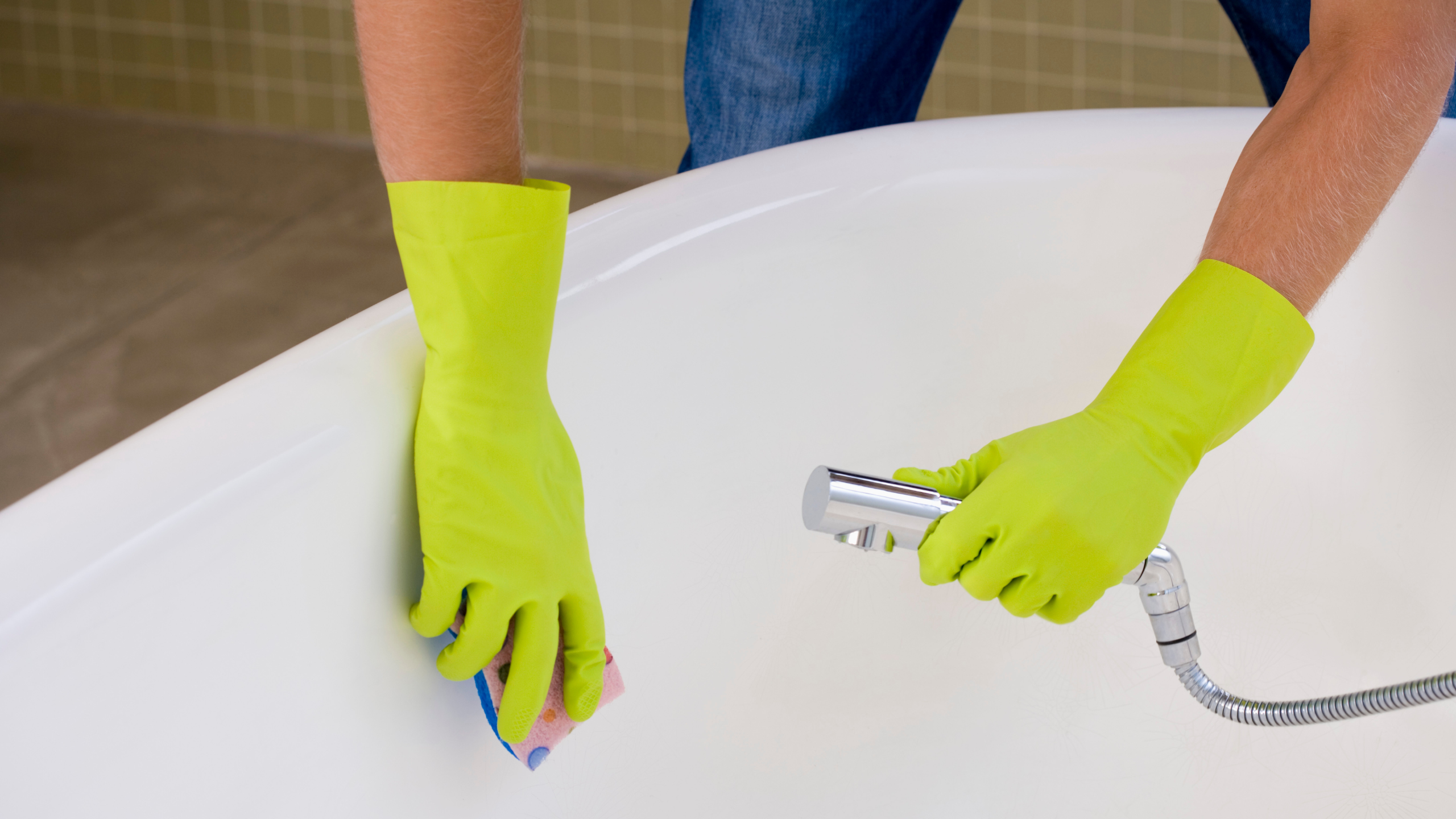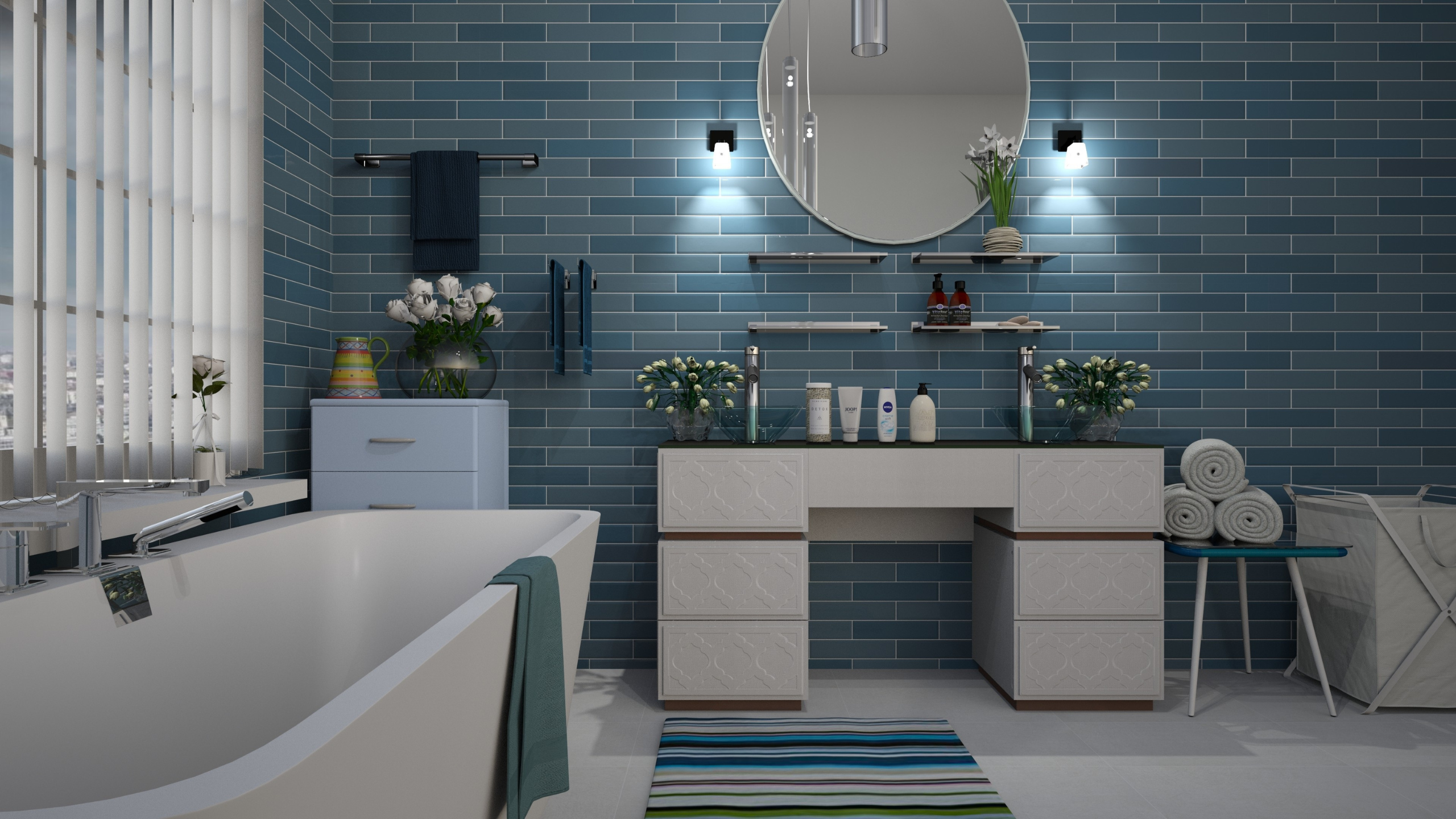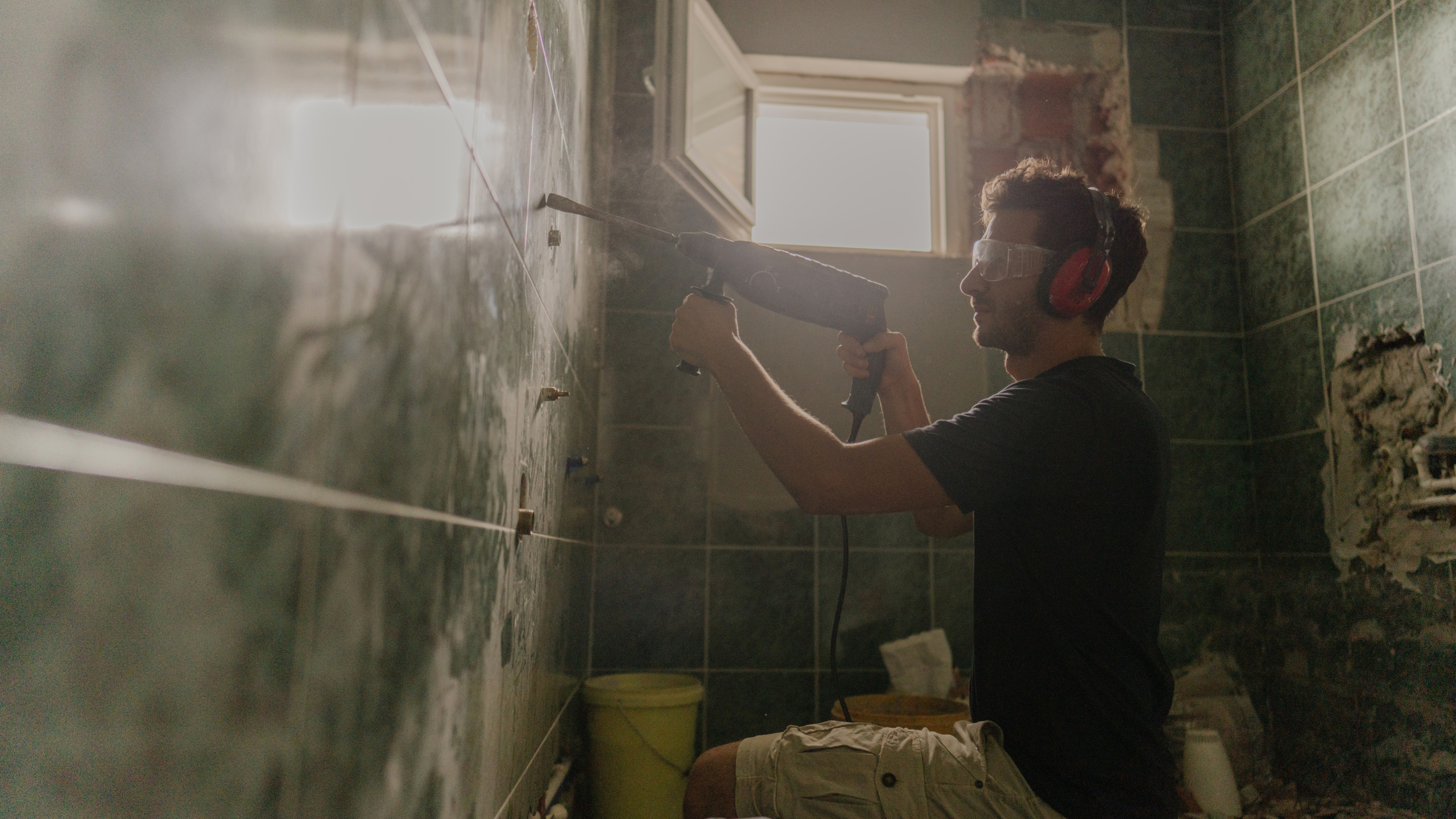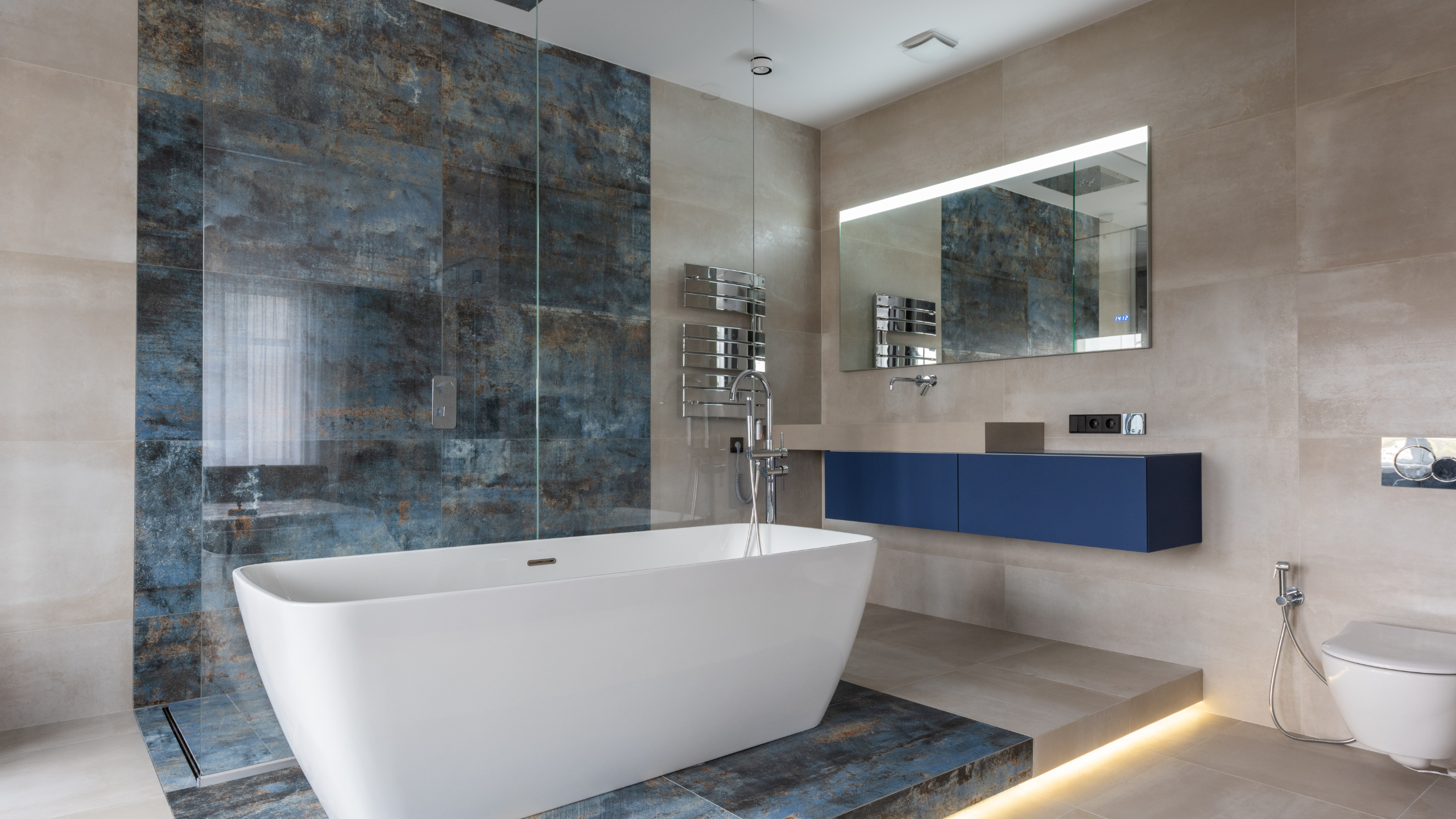If your bathtub has noticeable peeling, bathtub reglazing may be required. Peeling markings most frequently appear when the chemical bond is compromised as a result of the tub having been incorrectly reglazed. Peeling marks essentially represent paint that is gradually peeling off the tub and will only become worse. It is crucial to strip and resurface your bathtub as quickly as possible, especially if you have children, to prevent them from ingesting paint chips or getting cut by flaky resurfacing material.
Reglazing a Bathtub After Chips:
If the porcelain surface of your bathtub has chips, bathtub glazing may be required. The porcelain is razor-sharp and will chip off in clumps. Your tub chipping issues will be resolved by bathtub reglazing. To prevent any rust stains or further wear and tear on the surface, it is preferable to have your tub professionally reglazed.
Reglazing a bathtub is required when the tub is no longer shiny:
If your tub lacks sparkle, reglazing it can be the perfect answer. Your bathtub’s surface will get a fresh shine after being reglazed.
Reglazing a bathtub is required if the tub cannot be cleaned:
If done correctly, bathtub reglazing is the ideal solution for you if you can’t get your bathtub clean. Just picture your pottery lesson where you polish your work and kiln-fire it. Your project will have a shiny, sealed surface after glazing, which you can use to clean it or drink from. When abrasive cleaners are applied to the surface over time, bathtub reglazing is required. When the glaze has been removed, the porcelain’s porous nature allows dirt and soap scum to adhere to the surface. Your bathtub’s exterior probably still has the glaze covering the surface. Nobody uses abrasive cleaners to clean their bathtubs outside.
When the color of the tub changes, reglazing the bathtub is required. If you want to get rid of your old pink, blue, green, or red tub, bathtub reglazing is the perfect solution for you, provided it is done properly.
Bathtub refinishing, often referred to as bathtub resurfacing, reglazing, or re-enameling, is the process of restoring a worn-out, damaged bathtub’s surface to a like-new state. Usually, this step includes fixing any broken parts. Bondo or another kind of polyester putty is used to patch up chips or cracks. The surface is prepared with an acid etching after repairs are completed. Mechanical adhesion is provided by etching. Fiberglass, porcelain, and enamel tubs are non-porous and do not make a strong base for the new coating to adhere to. In order to facilitate adequate adhesion, the surface should be etched to create a porous surface. Another approach is to cover the surface first with a bonding chemical that promotes adhesion, such as silane. Both of the techniques can be applied simultaneously or separately. Using both techniques at once results in maximum adherence. Some modern refinishing techniques depend solely on silane, eliminating the need for etching. Following surface preparation, a primer and top coat are applied. A catalyzed two-component cross-link synthetic white coating is typically added, although it lacks the bathtub’s original glass-enamel coating’s strength or resistance to abrasion.
Epoxies, urethanes, polyester-polyurethane hybrids, and polymers are all possible coatings that can be employed to produce a new bathtub finish. These coatings can be applied by rolling, brushing, or spraying.
It is feasible to repair a bathtub using DIY kits from hardware stores, however, some people might choose to hire a refinishing service provider. DIY kits, which largely rely on epoxy adhesive, typically do not provide the same level of bonding and disintegrate more quickly. Without competent spray equipment, brush or roller markings could be visible in the finished appearance.

